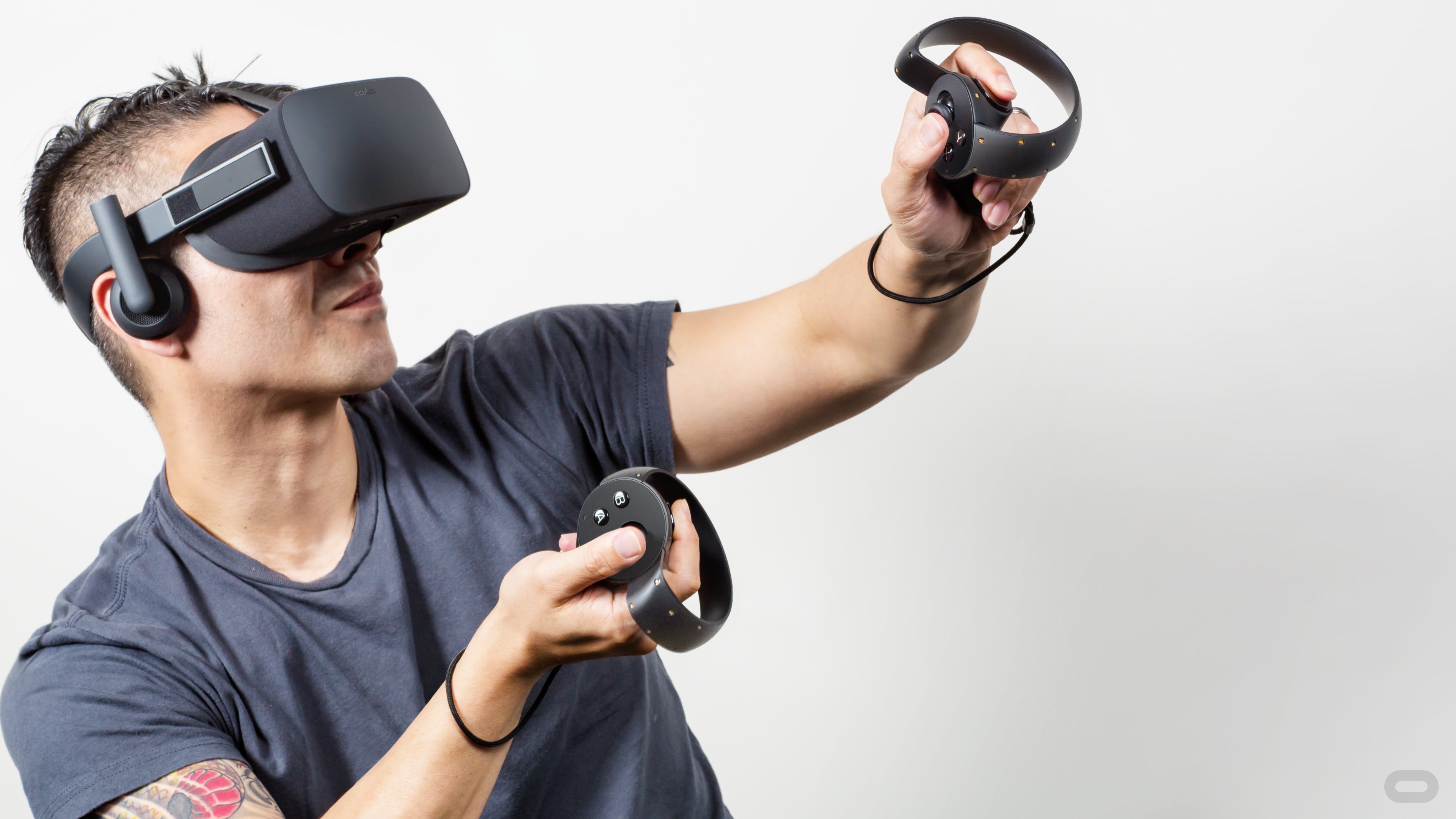It is no secret that men occupy the majority of positions
within the tech industry. Women hold only 25% of IT jobs in the world, and just
11% of executive positions at technology related Fortune 500 companies. Many people say societal pressures force
young girls to be interested in topics unrelated to math or the sciences, like
fashion or communications. STEM is
painted as a male field, and this depiction serves to further dissuade women
from attempting studying or working in STEM.
One reason societal pressures is blamed as the culprit for female
disinterest in tech is the fact that 66% of girls age 6-12 express interest/are
currently enrolled in computing classes, yet just 4% of female college freshmen
share these sentiments. One could say
that as women in our society grow up and are further exposed to perceived
societal norms, they are led away from their previously held interest in
STEM.
As a response to this disparity, Reshma Saujanithe formed
Girls Who Code, an organization dedicated to closing the gender gap in the tech
industry. According to their website, in
1984, 37% of all computer science graduates were women; yet, today, that number
is just 18%. These numbers sure aren’t
due to women lacking the computing chops to get work done. In fact, just a week ago, President Obama
awarded former MIT programmer Margaret Hamilton a Presidential Medal of Freedom
for her crucial work on programming the ships for the Apollo mission, which
took humans to the surface of the moon. Hamilton was also a part of developing the
Semi-Automatic Ground Environment Air Defense System (SAGE) project that,
according to an MIT news article, “cost more than the Manhattan Project and
catapulted advances in early digital computing during the 1950s and 60s.” Hamilton’s prowess and success has been
recognized and touted as an inspiration for young women to forgo societal stereotypes
and pursue a career in STEM.
For their part, Girls Who Code currently runs immersive
summer programs for 10th and 11th grade girls, which
exposes participants to software engineering work at top companies like
Facebook, Google, and AT&T. Participation
in Girls Who Code has grown from 1,000 in 2013 to over 10,000 as of 2015. Obviously, their mission to close the gender
gap in software engineering has seen great success. Given the incredible power of computing, the
world stands to benefit from any person, girl or boy, who is led to pursue a
computing career that otherwise may have chosen a different path.
References and Pictures:
https://girlswhocode.com/about-us/
http://news.mit.edu/2016/apollo-code-developer-margaret-hamilton-receives-presidential-medal-of-freedom-1117
https://www.themuse.com/advice/the-latest-stats-on-women-in-tech












